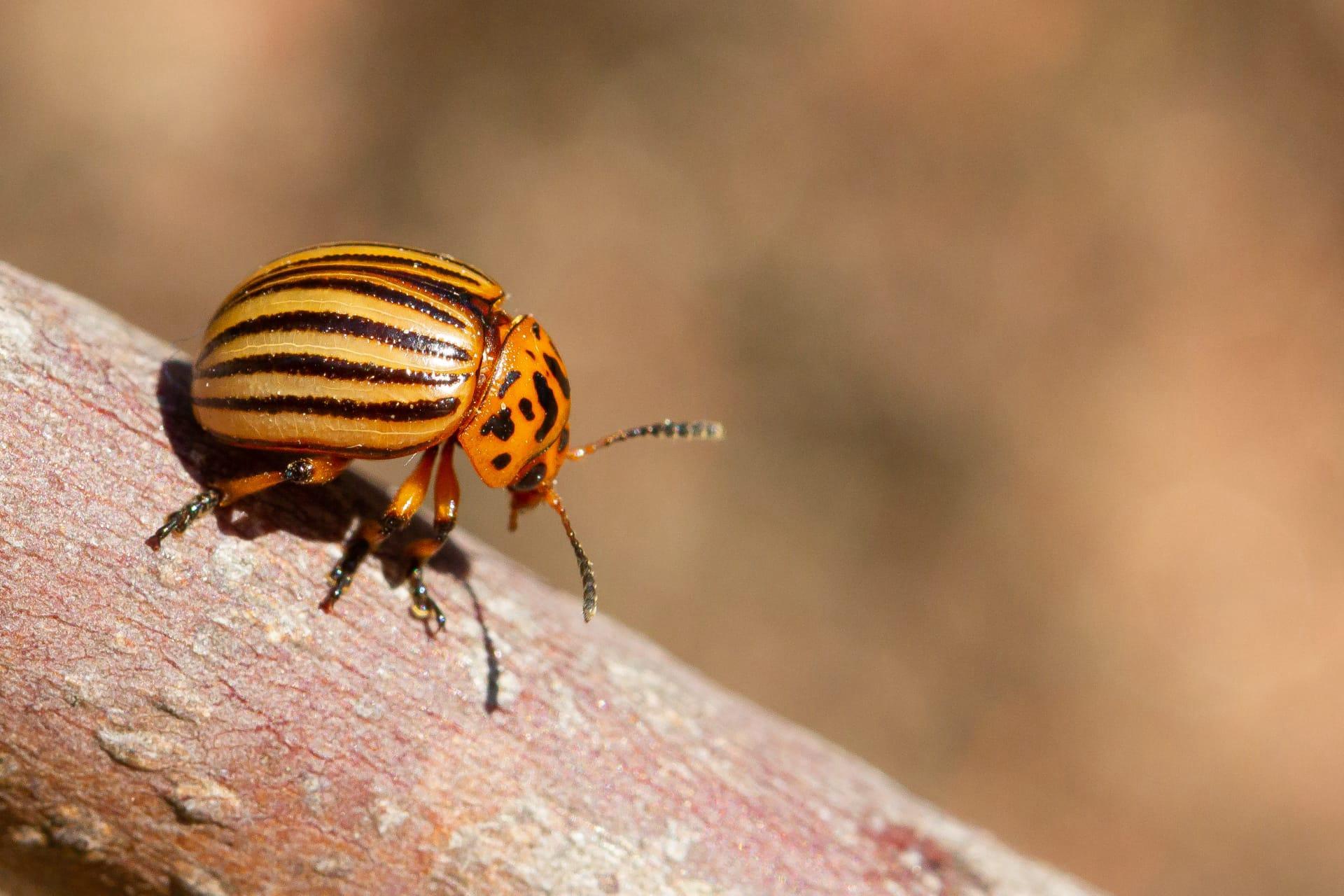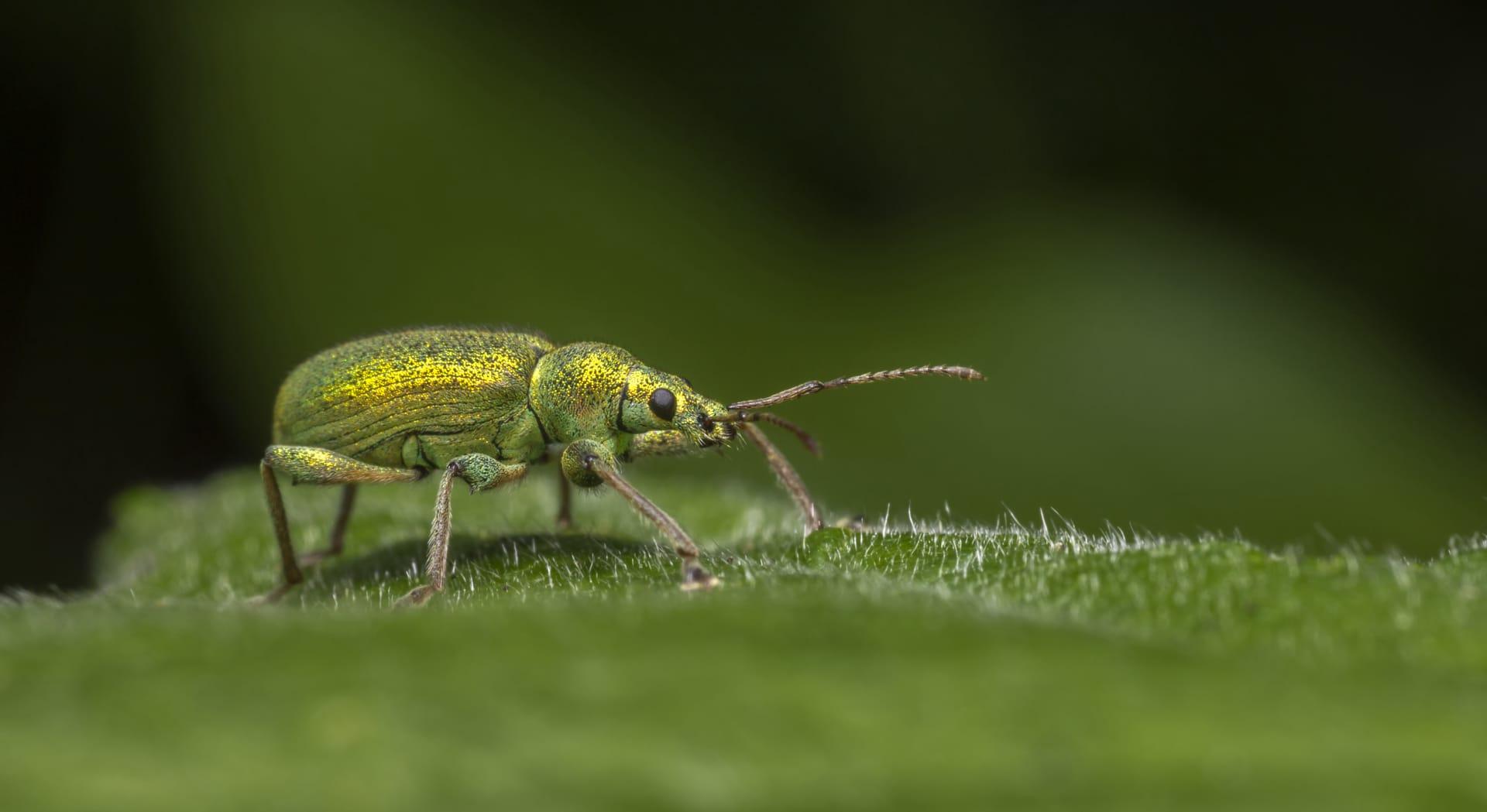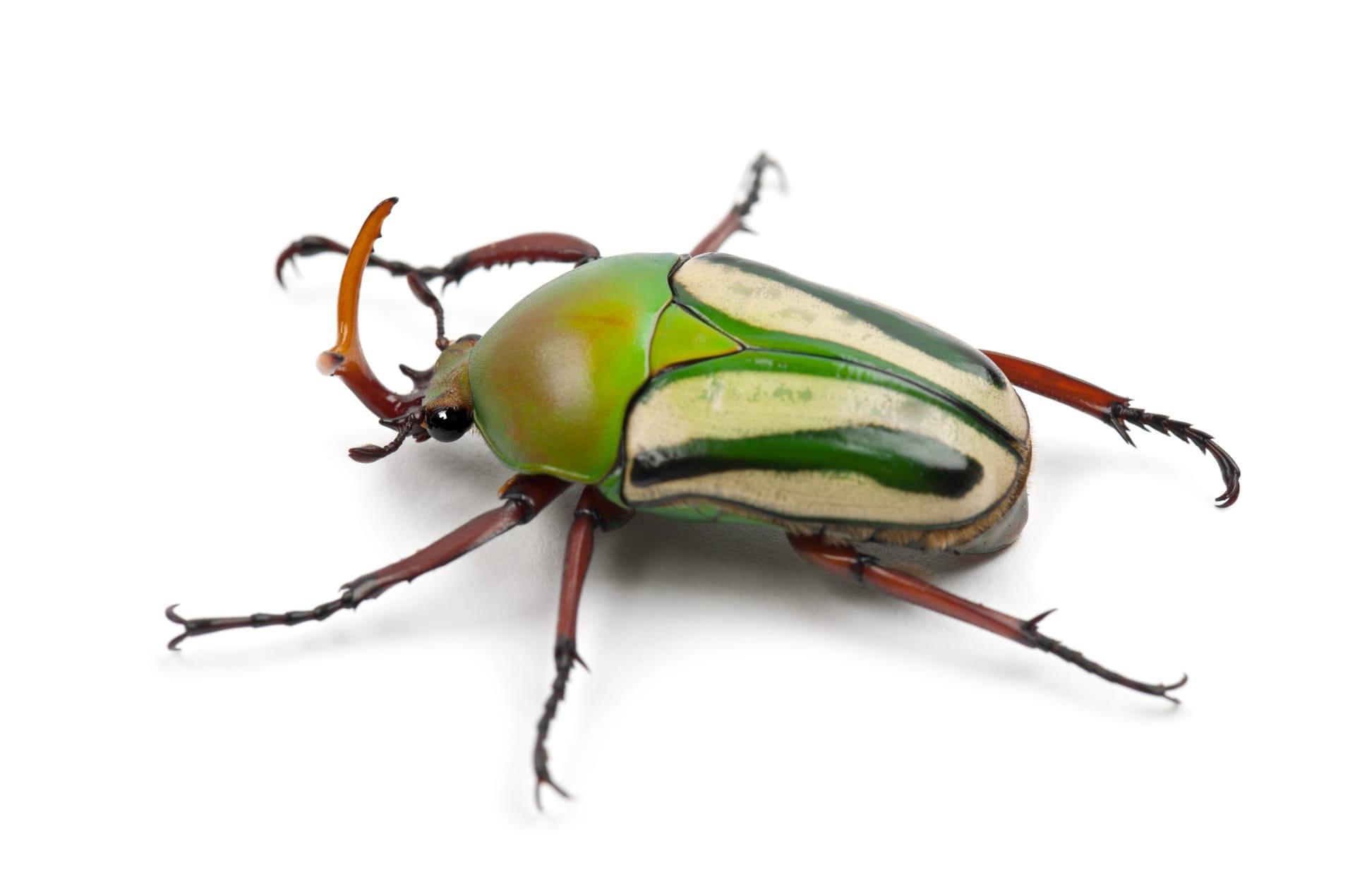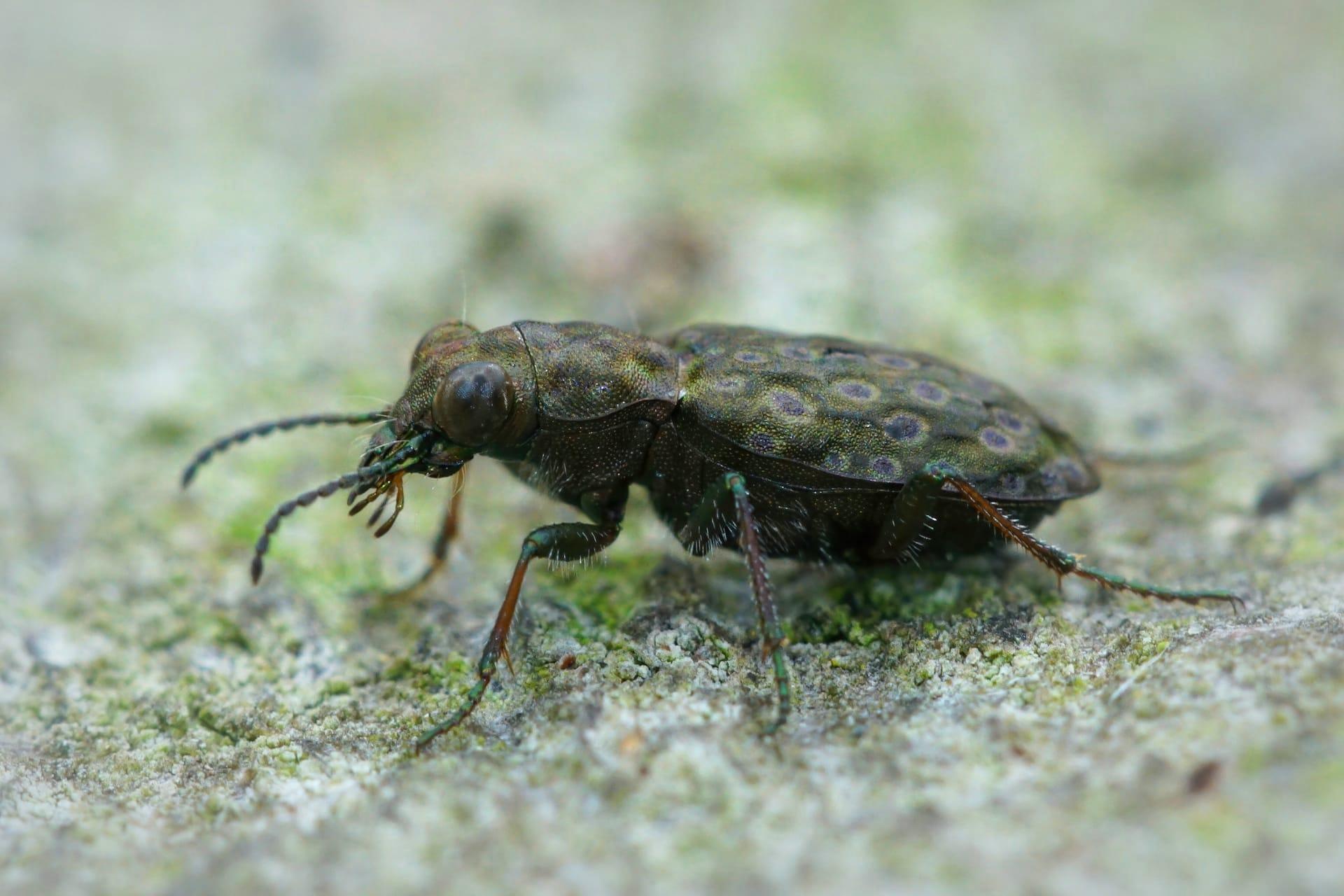Beetle Characteristics
- Home /
- Mini Encyclopedia /
- Animal /
- Beetle Characteristics
1
Beetles, fascinating critters that they are, come in a kaleidoscope of shapes and sizes, boasting one of the most diverse ranges in the insect kingdom. The smallest of these can tuck themselves away at just about 0.02 inches (0.5 mm), almost challenging the naked eye to spot them, while the behemoths, like the Hercules beetles, can stretch up to a whopping 6.7 inches (17 cm) including their horn. Lifespan, too, varies widely among the species, with some living as briefly as a few weeks, while others, particularly those in captivity, can enjoy a lifecycle spanning up to a few years, demonstrating the resilience and adaptability of these tiny marvels.
The elytra, or the hard, shell-like forewings, stand out as the beetle's most distinctive organ. Unlike the delicate wings of a butterfly, the elytra serve as a protective armor shielding the beetle's fragile flying wings and soft abdomen. This ingenious adaptation not only defends them against predators and environmental hazards but also aids in water retention, an essential for survival in arid conditions. When it's time to take to the skies, beetles lift their elytra, revealing the delicate flight wings tucked neatly beneath, a perfect blend of brawn and beauty in the insect world.

2
Question: What's the deal with beetles being attracted to light, especially at night?
Answer: This intriguing behavior, known as phototaxis, sees beetles and many other insects drawn towards light sources, a phenomenon particularly noticeable on a dark night around a bright light. The reason? It's believed that these critters use natural light sources like the moon and stars to navigate. Artificial lights, however, throw a wrench in their internal compass, leading them in endless circles around the light source. This attraction can range from street lamps to porch lights, turning them into unexpected beetle magnets.

3
When it comes to getting around, beetles are no slouches. Many species are equipped with powerful legs, tailored for digging, climbing, or sprinting away from threats. But the real marvel is their ability to fly. Despite their bulky appearance, many beetles have a hidden pair of wings beneath their protective elytra, which they unfurl to take to the air. This dual-mode of locomotion—walking and flying—gives beetles a versatile edge in escaping predators, hunting, or simply relocating.
As predators, scavengers, or herbivores, beetles have a smorgasbord of dietary preferences. The predatory types, like the ground beetle, use their keen senses and swift movements to ambush prey, while others, such as the leaf beetles, feast on a strict diet of plant material. This dietary diversity not only highlights the adaptability of beetles but also their crucial role in various ecosystems, from controlling pest populations to breaking down decomposing matter, thus recycling nutrients back into the soil.

4
Beetles are true cosmopolitans, making homes in virtually every environment on Earth, save for the oceans and the poles. From the dense underbrush of rainforests to the sparse vegetation of deserts, these adaptable insects have mastered the art of survival in conditions ranging from the sweltering heat to the biting cold. Their secret? A remarkable ability to adapt their behavior, diet, and even physiology to match their surroundings.
Reproduction among beetles is a fascinating affair, with rituals ranging from elaborate mating dances to the construction of intricate nests. Females lay their eggs in carefully chosen sites, ensuring their offspring's safety and access to food. The larval stage, known as grubs, is often where the most dramatic growth occurs, with these voracious eaters consuming vast amounts of food to fuel their transformation into adult beetles, thus continuing the cycle of life.

5
Book: "The Beetle Book" by Steve Jenkins offers an engaging journey through the beetle world, showcasing the astonishing variety and adaptability of these insects. With detailed illustrations and accessible text, Jenkins, an American author and illustrator, brings to life the vibrant diversity of beetles, from the tiniest species to the colossal Hercules beetle. Published in the early 21st century, this book serves as a colorful introduction to the beetle kingdom, perfect for readers of all ages interested in the natural world.
Book: "Beetles: The Natural History and Diversity of Coleoptera" by Arthur V. Evans dives deep into the world of beetles, exploring their evolution, ecology, and the pivotal role they play in ecosystems around the globe. Evans, a renowned entomologist, compiles years of research and observation into this comprehensive guide, making it an invaluable resource for scholars, naturalists, and beetle enthusiasts alike. With its publication in the late 20th century, the book stands as a testament to the enduring fascination and scientific interest in these remarkable insects.